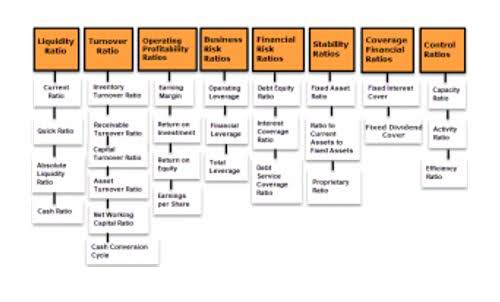What are Liabilities in Accounting? Understanding Current and Non-Current Liabilities

Learn financial statement modeling, DCF, M&A, LBO, Comps and Excel shortcuts. Along with the shareholders’ equity section, the liabilities section is one of the two main “funding” sources of companies. Liabilities don’t have to be a scary thing, they’re just a normal part of doing business. Because chances are pretty high that you’re going to have some kind of debt. And if your business does Certified Public Accountant have debt, you’re going to have liabilities.
- The money borrowed and the interest payable on the loan are liabilities.
- Most contingent liabilities are uncommon for small businesses, but here are some that you might encounter.
- Income taxes payable is your business’s income tax obligation that you owe to the government.
- Although average debt ratios vary widely by industry, if you have a debt ratio of 40% or lower, you’re probably in the clear.
- These liabilities include lawsuits, warranties, and warranty liabilities.
- Companies must estimate and record pension liabilities using actuarial calculations to guarantee effective financing and accounting for future pension obligations.
Current Liabilities
And if you have more debt, then you’re going to have higher liabilities. Making sure that you’re paying off your debts regularly will help reduce your overall business liabilities. When it comes to accounting processes for your small business, there can be a lot to know and understand. This is why it’s important to understand what liabilities are since they play a critical role in your business.

List of Examples of Liability Accounts for Businesses
- A note payable is a sort of debt that includes a corporation issuing promissory notes or loans to borrow monies from lenders.
- When a company borrows money, it creates a liability on its balance sheet.
- For example, a business looking to purchase a building will usually take out a mortgage from a bank in order to afford the purchase.
- Current liabilities are obligations due within 12 months or within an operating cycle.
- It is important for companies to accurately calculate and record their tax liabilities to avoid any issues with the government.
Plus, making sure that they get recorded properly on your balance sheet is just as important. Liabilities are best described as debts that don’t directly generate revenue, though they share a close relationship. The money borrowed and the interest payable on the loan are liabilities. If the business spends that money to acquire equipment, for example, the purchases are assets, even though you used the loan to purchase the assets. Assets have a market value that can increase and decrease but that value does not impact the loan amount.
Examples of Current Liabilities
For example, ABC Hotel gets a ₹5,000 advance payment from a customer for a week-long stay. Because the customer has not yet checked in, the ₹5,000 is recorded on the hotel’s balance sheet as unearned income. On the other hand, liabilities are the promises or duties a substance owes to others. They are classified as current liabilities (due within a year) or non-current liabilities (long-term obligations not due soon). Record noncurrent or long-term liabilities after your short-term liabilities.


Examples of current liabilities include accounts payable, notes payable, salaries payable, taxes payable, interest payable, and short-term loans. This represents the money that a company owes to its suppliers for goods or services that have been purchased but not yet paid for. Proper management of accounts payable is critical to ensure that a company has enough cash on hand to meet its obligations. Liability accounts are crucial in determining a company’s financial health and cash flow. They are used in financial modeling to forecast a company’s ability to meet its obligations and to assess its creditworthiness. Moreover, liability accounts are used in cash flow analysis to determine the sources and uses of cash in a company’s operations.
If you have a debt ratio of 60% or higher, investors and lenders might see that as a sign that your business has too much debt. Our intuitive software automates the busywork with powerful tools and features designed to help you simplify your financial management and make informed business decisions. Businesses should align payment schedules list of liabilities in accounting with their cash inflows to avoid liquidity issues. Current liabilities should be viewed alongside receivables and inventory. Smart working capital management means balancing outflows and inflows without relying on emergency funding. Use a dynamic schedule or dashboard to track due dates, amounts, and payment statuses.

Entities that are responsible for auditing liability accounts include external auditors, internal auditors, and government agencies. These entities review the company’s financial statements to ensure that the liabilities are accurately recorded and disclosed. In accounting, a liability account is a type of account that records debts or obligations owed by a business to another entity. These accounts represent the amount of money that a company owes to its creditors or other parties. Liability accounts are found on the balance sheet of a company and are an essential component of the accounting equation. The amount of taxes your Accounting for Marketing Agencies business owes to the government at the end of each financial year is known as income taxes payable.
